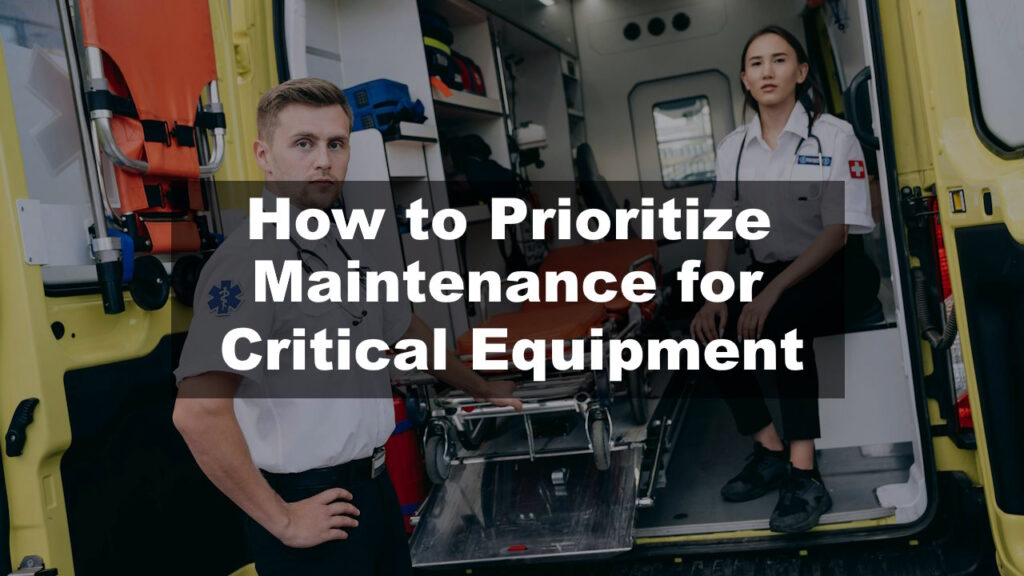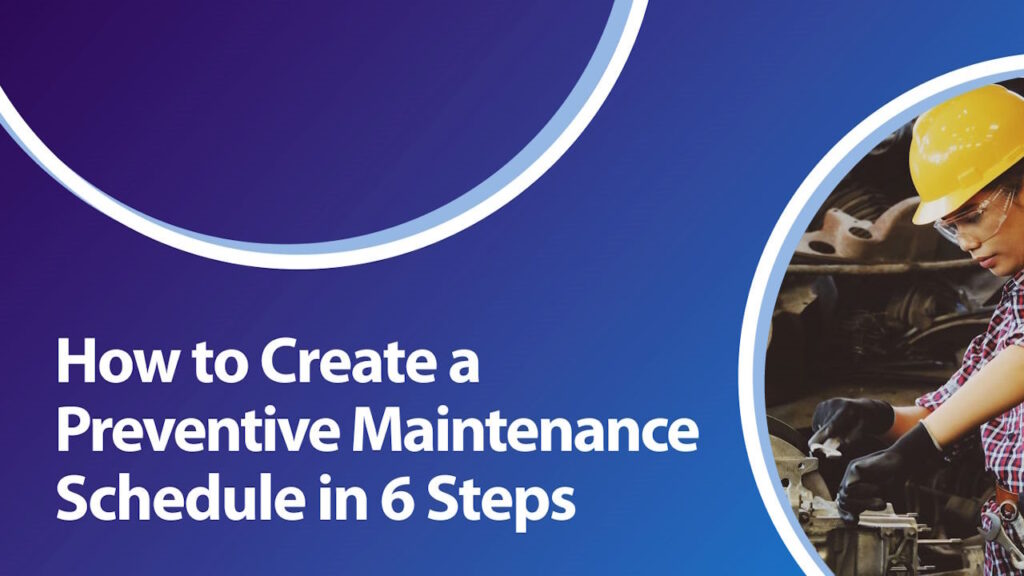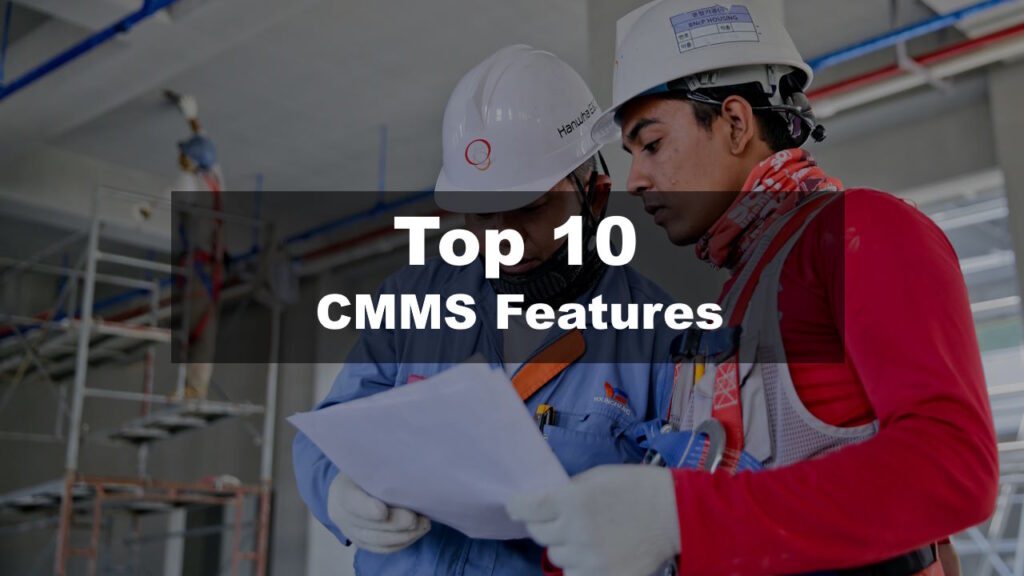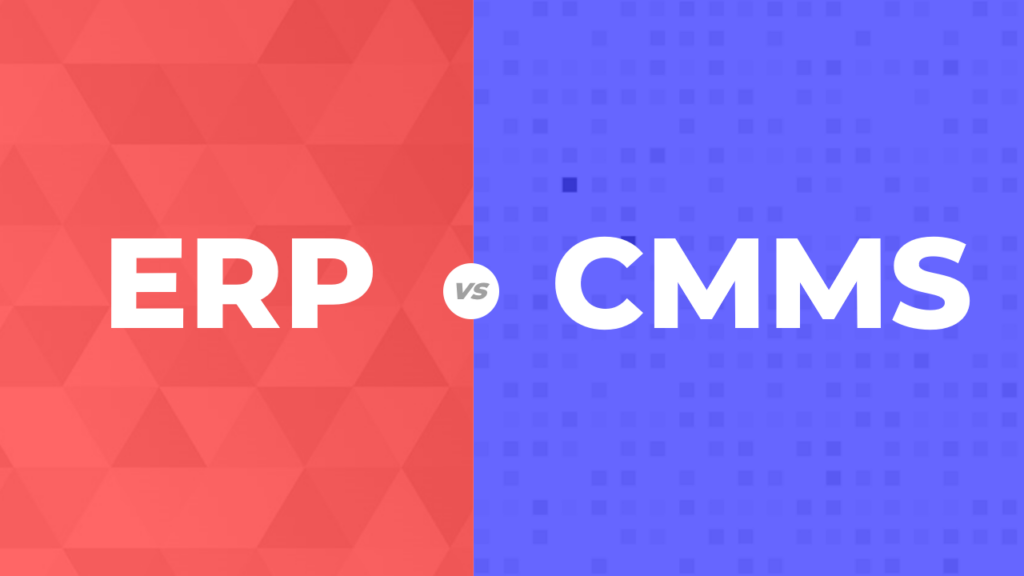How Certification Tracking Improves Workplace Safety
Certification tracking is not just about compliance; it’s a fundamental component in enhancing workplace safety. By ensuring that only certified individuals are allowed to perform critical tasks, organizations can significantly reduce the risk of accidents and improve operational efficiency. This blog explores the importance of certification tracking, supported by real-world examples, best practices, and insights into how technology can streamline this essential process.
How Certification Tracking Improves Workplace Safety Read More »





